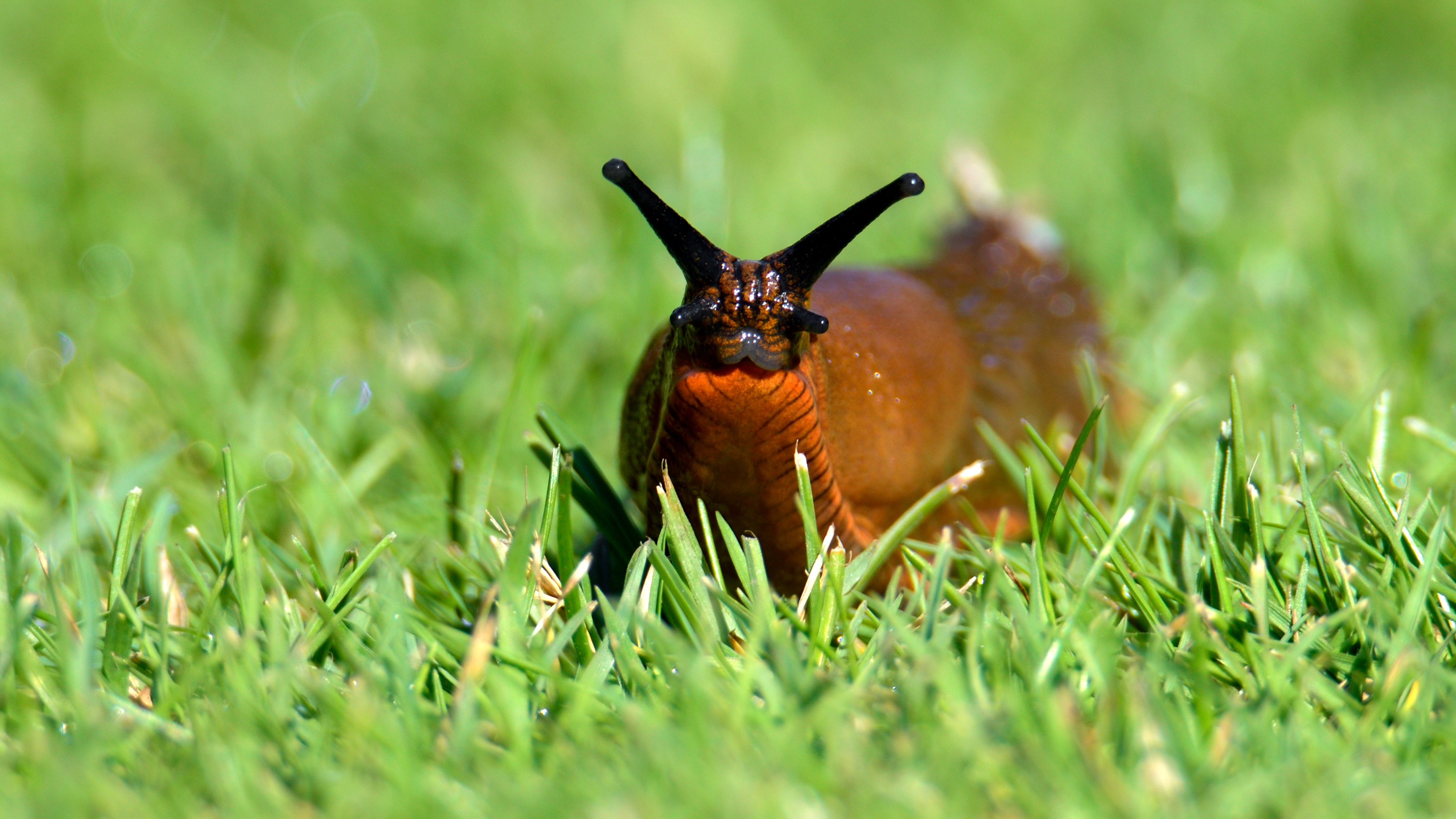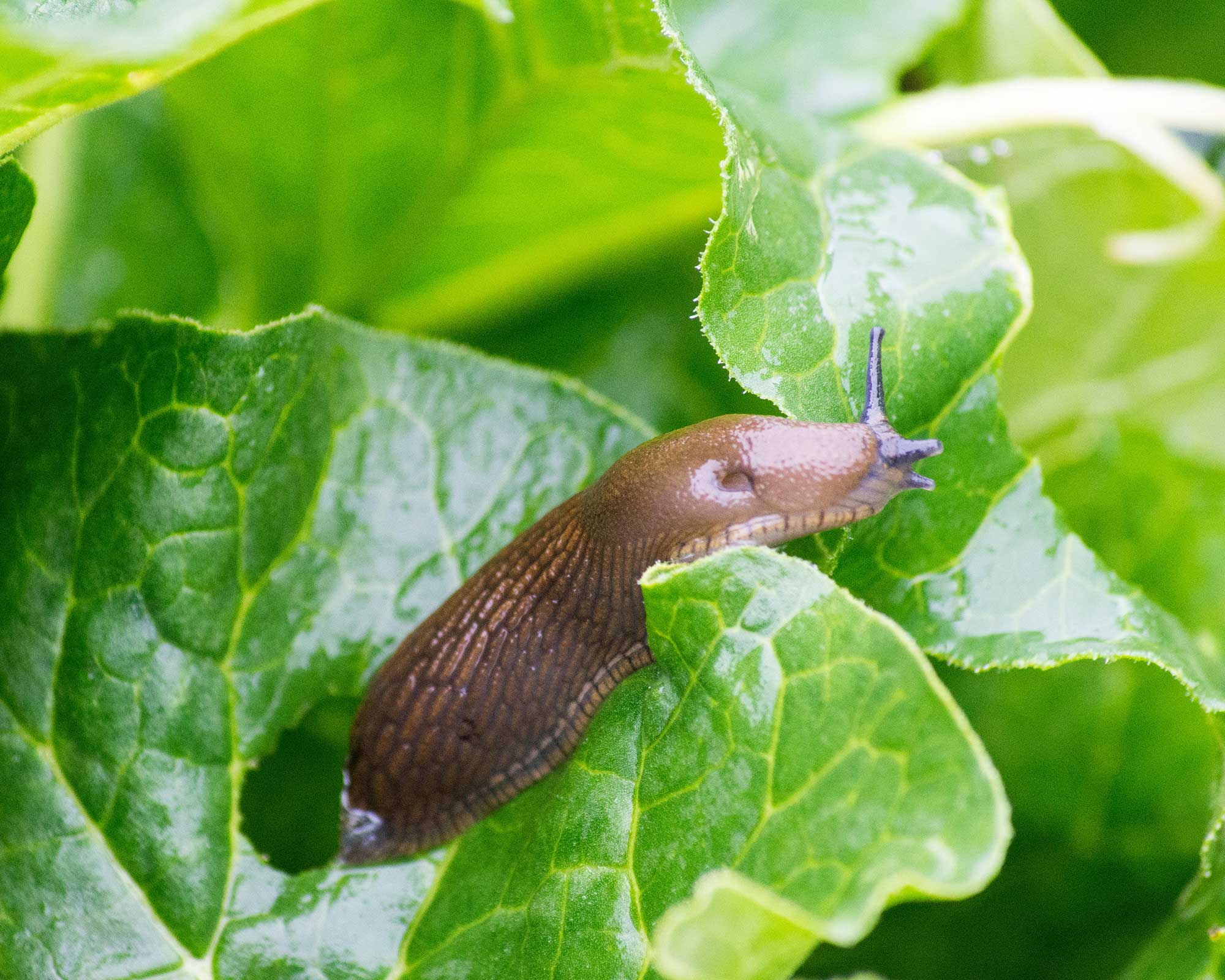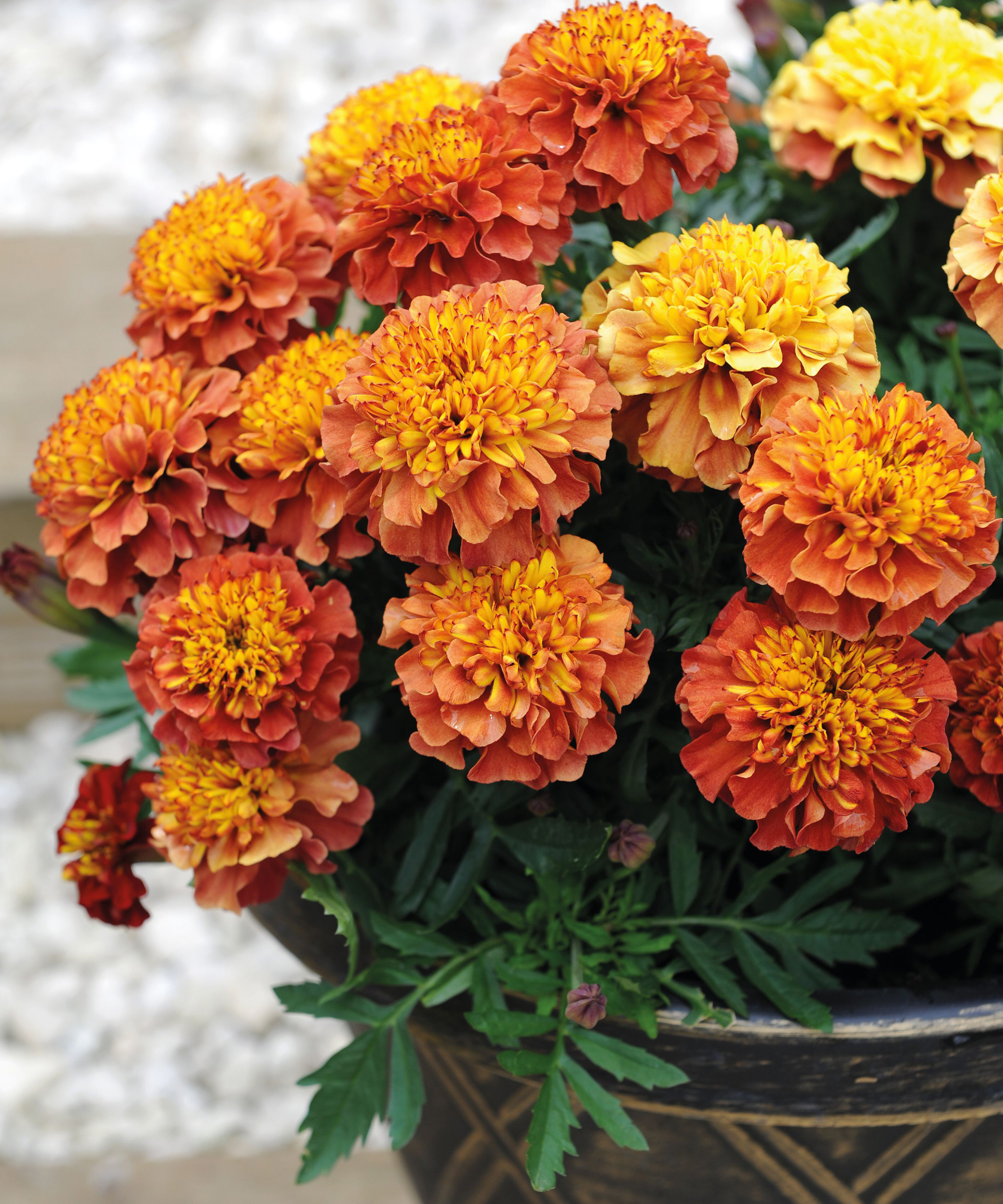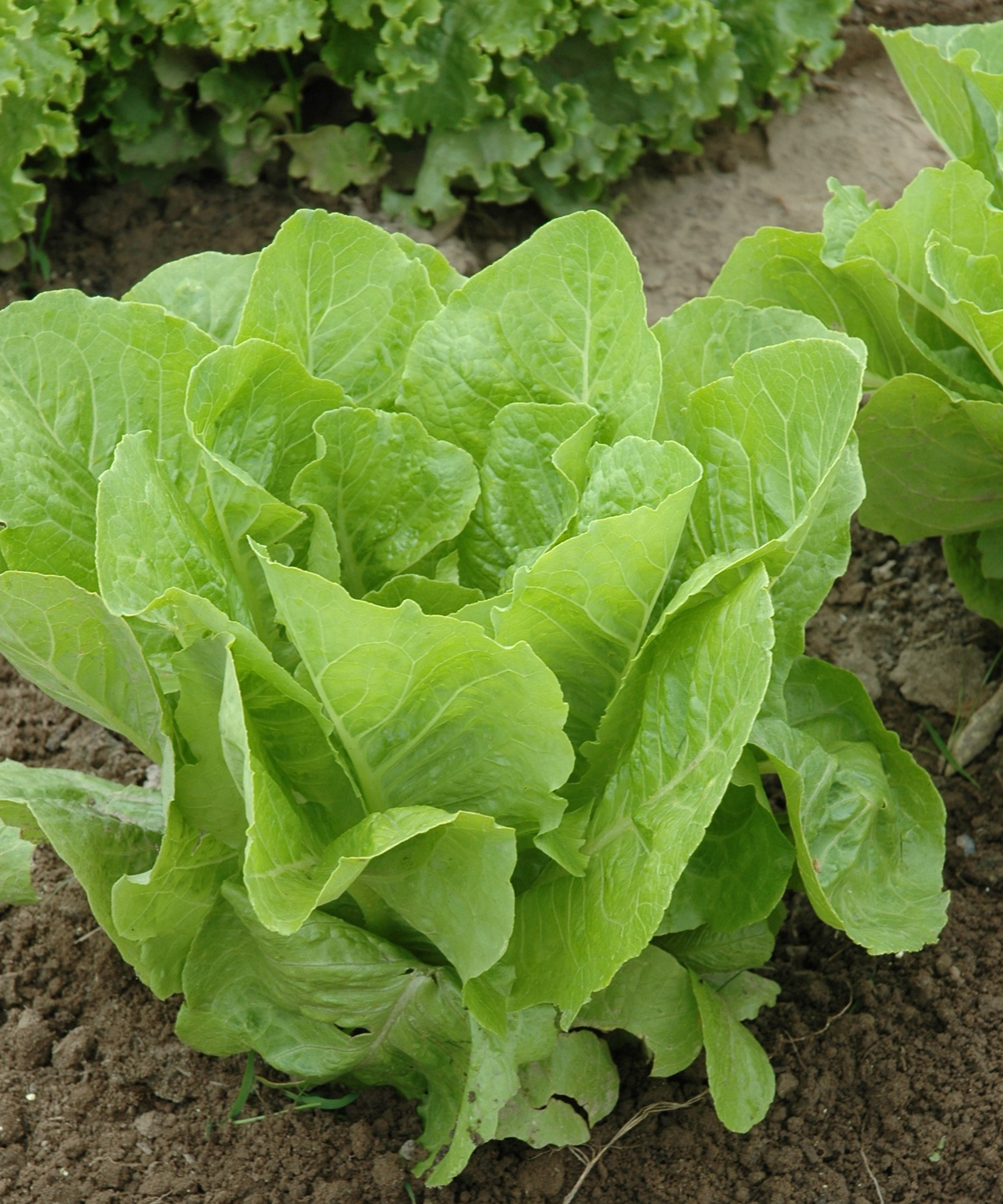Experts are encouraging gardeners to deter slugs with the sacrificial plant method
Distract destructive pests by adding marigolds, nasturtiums, lettuce and kale to your garden planting scheme


Garden experts are encouraging gardeners to adopt the sacrificial plant method to keep their produce slug-free this summer.
How to get rid of slugs is always a hot topic among gardeners, but recently it has received lots of media attention. In the last few months, the Royal Horticultural Society (RHS) re-classified slugs and snails so that they are no longer considered garden pests, and slug pellets were banned.
While it is essential to recognize the role slugs play as a vital part of a garden's ecosystem, most gardeners would rather not have them munching on their prize plants and vegetable patches. That is where 'sacrificial' plants, also known as 'trap' plants, come in.

'Plants with quite thin and soft foliage are a magnet for slugs,' says Jamie Shipley, managing director of Hedges Direct. 'In particular, we recommended leafy annuals like marigolds or petunias as they are ideal as sacrificial plants. They are a favorite for slugs, and they are inexpensive as well as easily replaced.'
Sacrificial plants are a version of companion planting, however, when using them it is important to bear two things in mind. The first is that they need to be easy and affordable to replace. The second is that it is best to establish the sacrificial plant before the main crop is expected, or a precious specimen is due to reach its full glory.
The goal is to distract the slugs from your prized hostas or dahlias, by encouraging them to eat another plant instead.

How to use sacrificial plants in a vegetable patch
When you're looking for kitchen garden ideas, set aside a small area for growing leafy greens such as lettuces, spinach or kale, or any cabbage-type plant. This is very tempting to slugs and snails as an easy-to-access ground-level food source.
'You can definitely pick up trays of young lettuce for an inexpensive amount to use for this purpose,' says Jamie. 'And, if the pests don't eat it, you get some salad leaves for your own use.'

Using clippings to distract slugs
If the idea of sacrificing a head of lettuce or your marigolds to slugs is too much for you, you can try tricking slugs with clippings.
'The other alternative is to have a less-used area of your garden where a small pile of clippings or leaves could be kept, as this type of environment is popular with slugs and other garden creatures for both food and shelter,' says Jamie.
It's also a good idea to leave leftover lettuce or leafy vegetable trimmings – bits that could feasibly be composted – out in a small pile somewhere away from the plants you want to keep, to tempt your slimy enemies away from precious produce.
'In theory, if there is enough of an easy food source around at ground level, the slugs will be less interested in your other prize plants.'
Will you be trying this slug-friendly deterrent method?

Jayne Dowle is an award-winning gardening, homes and property writer who writes for publications including Sunday Times Home, Times Bricks & Mortar, Grand Designs, House Beautiful and The Spectator. She was awarded the Garden Journalist of the Year accolade at the Property Press Awards in 2021.
